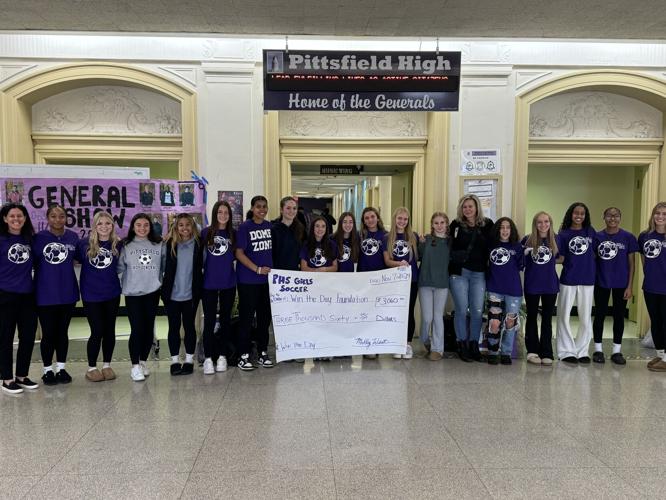
Hunters in North Dakota spent $264 million on hunting-related purchases in 2022, and shooting sports participants spent $168 million on target shooting-related purchases, a new report shows. The expenditures are part of a national report released this month by the Sportsmen’s Alliance Foundation, highlighting the economic impact of America’s hunters and sport shooters to national and state economies. ADVERTISEMENT 2024 SAF Senate Handouts ND by Brad Dokken on Scribd In North Dakota, 148,100 hunters and 153,990 target shooting participants contributed to the state’s economy in 2022.
In Minnesota, 754,750 shooting sports participants spent $1 billion on target shooting-related purchases in 2022, and 542,090 hunters spent $1 billion on hunting-related purchases, the report shows. Nationally, hunters and target shooters combined contributed more than $106.2 billion in sales and contributed $133 billion to economic growth in 2022 by supporting more than 1.
3 million jobs that created in excess of $80.5 billion in wages and income. In turn, that economic stimulus generated $251 billion in economic activity through the multiplier effect.
More than 39.5 million Americans participate in shooting sports, while more than 14.3 million people hunt, the report indicates.
2024 SAF Senate Handouts MN by Brad Dokken on Scribd “It’s important that people – the general public, and state and federal legislators – understand that America’s hunters and sport shooters are an incredibly important force when it comes to our national, state and local economies, as well as providing an outsized share of conservation funding at both the state and federal levels,” Evan Heusinkveld, president and CEO of the Sportsmen’s Alliance Foundation, said in a statement. “With this information, sportsmen can educate friends, family and their representatives at every level by clearly illustrating in dollars and cents what they bring to the table and mean to the bottom line.” The complete report, which includes data on each state and legislative district, is available at sportsmensalliance.
org/reports or southwickassociates.com . Minnesota tribes receive federal conservation grants The Red Lake Band of Chippewa Indians and the Leech Lake Band of Ojibwe each have received Tribal grants of nearly $200,000 to benefit fish and wildlife resources on their lands, according to a news release from the U.
S. Fish and Wildlife Service (FWS). ADVERTISEMENT The grants from the FWS are part of a funding package that will support 35 Tribes for conservation projects across 15 states, including Minnesota.
The funds will benefit a wide range of wildlife and habitat, including species of cultural or traditional importance to Indigenous communities, the FWS said. The Red Lake Band received $199,872 to create 350 acres of early successional forest habitat, supporting deer population recovery and increasing habitat for golden-winged warblers during breeding season. The Leech Lake Band received a $199,727 grant to collect data that will assist in developing a moose management plan to guide and support future decision making.
The project will provide valuable information on the moose densities, habitat use and movement patterns on the Leech Lake Band of Ojibwe Reservation, the FWS said. The grants are provided exclusively to federally recognized Native American and Alaska Native Tribal governments and are made possible under the Related Agencies Appropriations Act of 2002 through the State and Tribal Wildlife Grants program. “Knowledge sharing, co-stewardship and strong relationships with federally recognized Tribes are critical to conservation,” Martha Williams, director of the U.
S. Fish and Wildlife Service, said in a statement. “This year, seven of the 35 Tribes receiving funding are first-time recipients under the Tribal Wildlife Grants program, broadening the reach of this vital initiative.
The Service respects and supports Tribal efforts to enhance fish, wildlife, and natural and cultural resources for all.” Know the difference between deer and elk ST. PAUL – People occasionally report seeing elk in a wider geographical area outside of far northwestern Minnesota.
Hunters need to make sure they know the difference in the field. The Minnesota Department of Natural Resources website – mndnr.gov/hunting/deer-elk-id.
html – has drawings and traits listed to help distinguish elk from white-tailed deer. Additionally, people are encouraged to report elk sightings in Minnesota using the online elk sighting reporting tool at mndnr.gov/elk/elk-sightings.
html . Deer hunters invited to share observations ST. PAUL – The DNR is encouraging Minnesota deer hunters to use an online log to report wildlife they see while hunting.
Data from the observation logs help the DNR estimate population level trends for deer and track wildlife distribution for other species across the state. The log is available at mndnr.gov/mammals/deer/management/hunter-field-log.
html . Using a mobile device or desktop computer, hunters can enter information on the log about wildlife they see each day of hunting, including deer, turkeys, bears, fishers and other species. They’ll also be able to report specific information about any deer they harvest.
Hunters are encouraged to fill out a report after each hunt, even if they don’t see any deer that day. The online questionnaire will be available until Jan. 15, 2025.
ADVERTISEMENT DNR: Know before you hunt ST. PAUL – As 400,000 hunters prepare for firearms deer hunting seasons in Minnesota, the DNR offers reminders about ways to be safe and successful. “Know before you go so you can focus on having a great season,” said Barb Keller, Minnesota DNR big game program leader.
“It’s easy to use our website to find out what you need to know.” The Minnesota DNR’s online DPA lookup tool – mndnr.gov/deerhunt – provides a comprehensive step-by-step list of information hunters need to consider before heading to deer camp.
Hunters can walk through the steps to consider, including knowing the hunting regulations, planning for deer processing, getting their deer sampled for chronic wasting disease, being safe and making the most out of their hunt. To use the online tool, all hunters need to know is the deer permit area number, or DPA number, where they intend to hunt, which they can find on the interactive deer map at mndnr.gov/deermap .
In Minnesota, archery deer season began Sept. 14 and continues through Tuesday, Dec. 31.
Firearms “A” deer season begins Saturday, Nov. 9, with various closing dates depending on a hunter’s DPA. Muzzleloader begins Saturday, Nov.
30, and continues through Sunday, Dec. 15..













